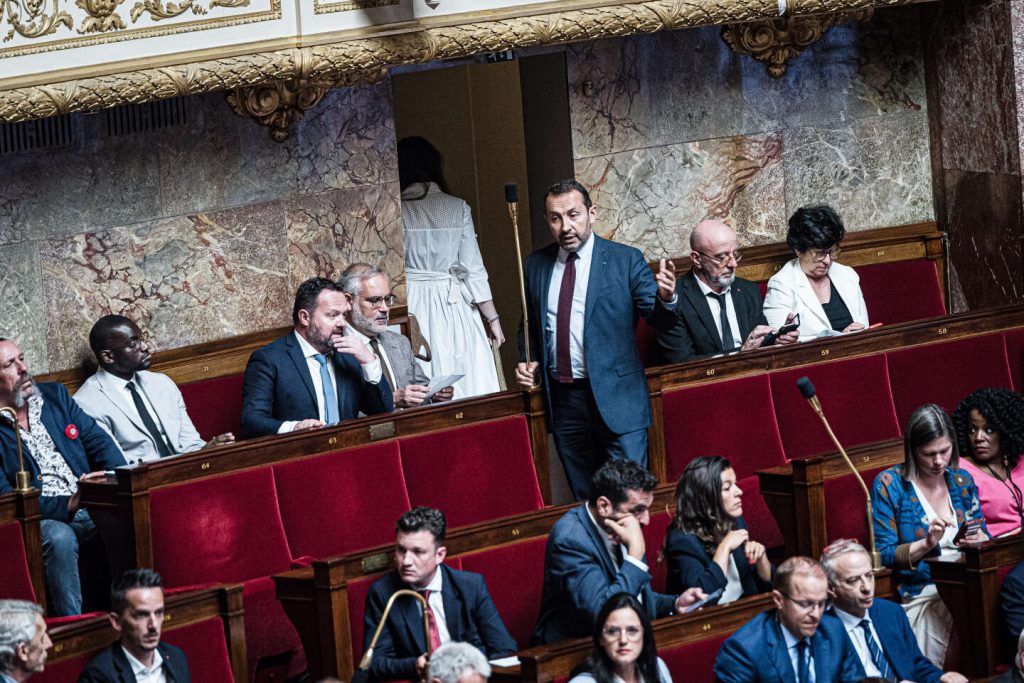The number of women in the French National Assembly continues to decrease, with only 208 women set to sit after the July legislative elections, accounting for 36% of deputies. This decline is in contrast to other countries where parliamentary bodies are becoming more female-dominated. Parties attribute this decrease to the urgency of a swift campaign, making it difficult to find as many women as men to decide on candidacies within forty-eight hours. This trend is also reflected in the lower representation of women in party investment commissions, leading to a masculine dynamic where men invest in other men.
France has historically struggled with gender parity, with women only gaining the right to vote in 1944 and facing exclusion from the National Assembly during General de Gaulle’s mandates. The parity laws of the 2000s have helped improve the situation by introducing penalties for parties that do not invest enough women in legislative elections. However, there persists an entrenched ‘male-centric’ image of power, with qualities traditionally associated with masculinity being valued in the role of a deputy, such as technical competence, speaking loudly, and asserting oneself. This tendency is exemplified by President Emmanuel Macron’s public image and the predominantly male makeup of his close advisors.
Despite efforts to promote gender parity, there are significant disparities between political parties. For instance, while France Insoumise opted for strict gender parity in selecting candidates for the July legislative elections, Les Républicains invested only 32.8% women, while Eric Ciotti’s faction invested a mere 17.5% women. The governing coalition also saw a decrease in the percentage of women candidates compared to the 2017 elections. This uneven distribution underscores the challenges in achieving gender equality and diversity in political representation and the persistence of male-dominated structures within political organizations.
The cultural and historical context also plays a role in perpetuating the gender disparity in political representation. The historical imagination of power and political leadership has been shaped by a masculine framework that excludes women, dating back to the III Republic. This narrative continues to prioritize qualities and behaviors considered traditionally masculine, further marginalizing women in the political sphere. The challenge lies in reshaping these entrenched perceptions and creating more inclusive and diverse political environments that allow for greater female participation and leadership.
Moving forward, addressing the gender gap in political representation requires a multi-faceted approach that includes structural reforms, cultural shifts, and targeted support for female candidates. Efforts to promote gender parity in political parties, such as strict gender quotas and penalties for non-compliance, can help level the playing field and create more opportunities for women to enter and thrive in politics. Additionally, challenging traditional notions of power and leadership, and actively promoting diverse voices and perspectives, can contribute to a more inclusive and representative political landscape. Ultimately, achieving gender parity in politics is not only a matter of equity and social justice but also a crucial step towards building more effective and responsive democratic institutions.


